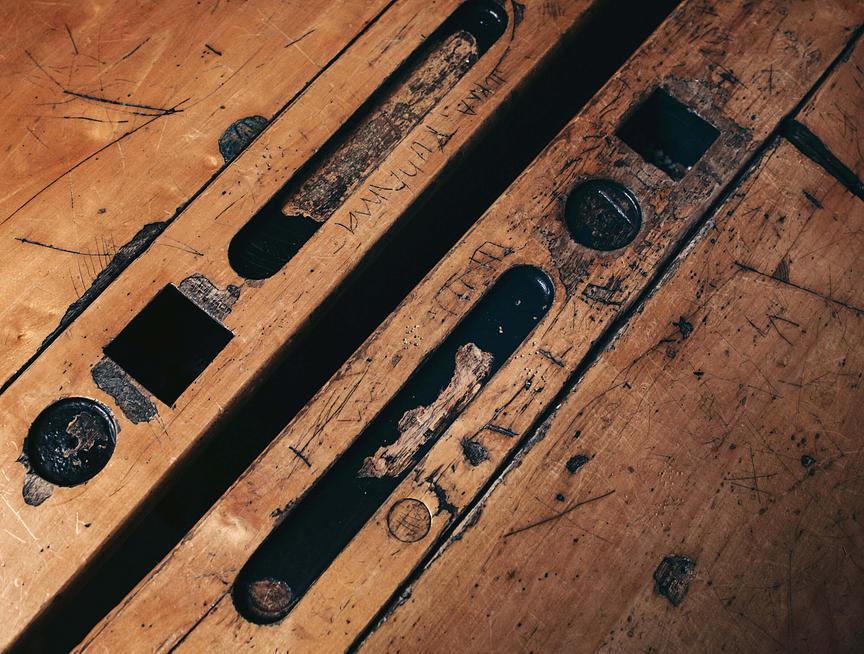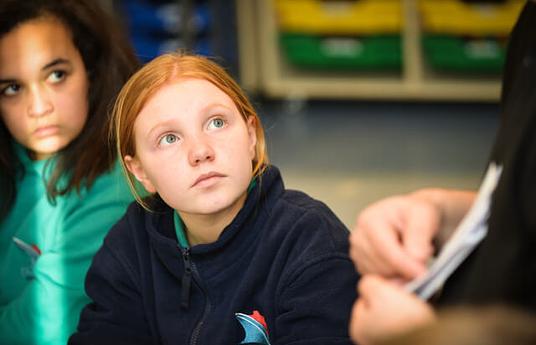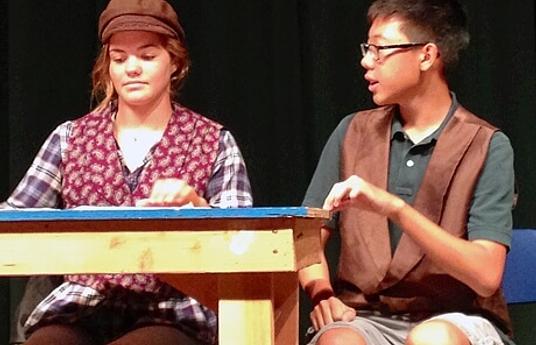Conflicts chip away at the foundation of society: poverty and corruption increases, refugee streams grow, and political disputes and confrontations become more common. The conflicts of today cannot be solved through aggression – sustainable peace will always be created through political negotiations and dialogue.
Conflicts have become more and more complex: they are rooted in various political interests that touch numerous different parties and the consequences often spread over national borders. Each context and conflict is unique: each dispute has its own history, root causes, and dynamics.
The Crisis Management Initiative (CMI) is a Finnish conflict resolution organisation that seeks solutions to world conflicts through dialogue and mediation. This is the core skillset of the CMI and it is known to be the most efficient way to solve conflicts. As an independent party, the CMI can promote unofficial processes of peace mediation and dialogue.
Trust is built through dialogue between different sides of the conflict. Dialogue offers a way to build trust between the conflicting parties by bringing them together as equals in a safe environment and with a mediator or mediators who are viewed as impartial. Once mutual trust has been reached, it is time to search for solutions that all parties can commit to.
In this simulation exercise, participants get to experience a realistic conflict situation in a tense community and practice solving the conflict with dialogue.



